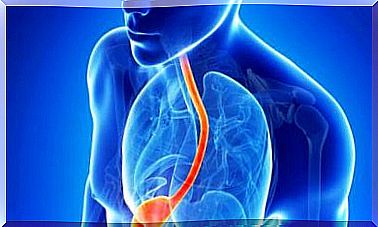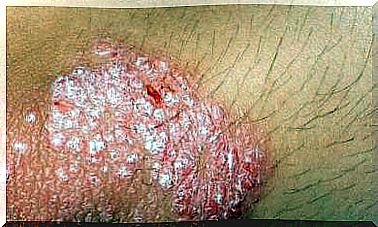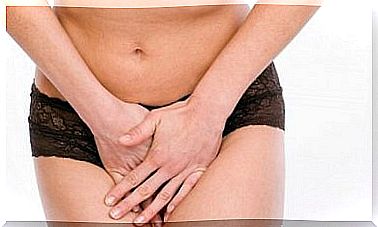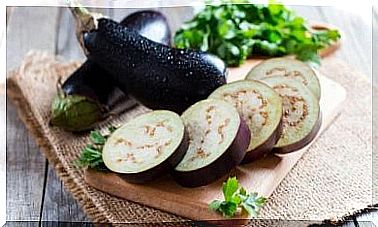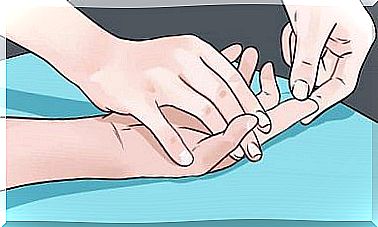Is The Paleo Diet Suitable For Children?

If the paleo diet has supported the evolution of man since the Paleolithic era, dating from 2.5 million to 10,000 years ago, then why not be suitable for everyone, including our little ones? In this sense, some specialists consider that the paleo diet in children is indicated and very beneficial.
This pattern is a style of eating that mimics what our pre-agricultural and hunter-gatherer ancestors ate. This involves the intake of fresh, unprocessed products, helping to reduce dependence on processed foods and legumes.
It is also known as the Paleolithic diet, the Stone Age diet, the cave diet or the hunter-gatherer diet. Parents should make sure that their little ones get all the nutrients they need for proper development.
Foods included in the paleo diet
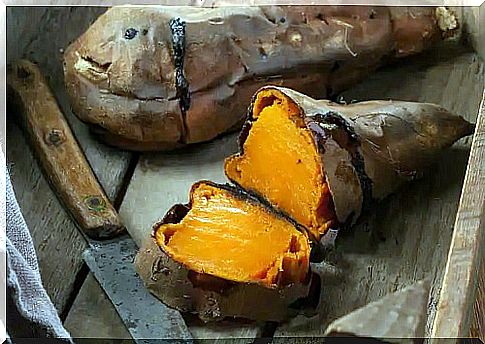
Foods to avoid in the paleo diet
The paleo diet avoids foods that do not come from hunting or gathering. Therefore, it excludes processed and ultra-processed foods, such as those containing trans fats, breakfast cereals, soft drinks, semi-prepared foods and others declared by the Food and Agriculture Organization of the United Nations (FAO) as harmful to health.
In a paper on the paleo diet, experts explain that some natural foods, such as cereals, legumes and dairy products, are also banned. One of the reasons is that they were not part of the Paleolithic era and can cause inflammation or digestive problems. This was debated by the T. Colins Campbell Center for Nutritional Studies.
The foods to avoid are therefore the following:
Paleo diet in children: benefits
Children can enjoy the paleo diet more than adults because their eating habits are still in formation. This diet provides a nutritional density that supports the need for growth and development, adjusted to individual nutritional requirements.
Children can get lean meat and fish proteins, which contain essential amino acids to synthesize tissues during development. As an energy source, they can consume a mixture of complex carbohydrates and simple sugars from fruits, pumpkins, sweet potatoes or buckwheat bread. Olive oil, famous for its health benefits, as well as avocado, can supplement the caloric intake.
Another benefit offered by the paleo diet in children is the intake of omega-3 fatty acids, vital for visual and brain development and cell construction, as mentioned in the Chilean Journal of Nutrition. Fatty fish, such as salmon, mackerel, tuna, sardines and walnuts, are ideal sources of omega-3 fatty acids.
The Complutense University of Madrid presents in the book “Fruits and vegetables: sources of health” the wide range of vitamins, minerals, antioxidants and phytochemicals contained in these foods. These elements are adjuncts to metabolic processes, the optimal immune system and a healthy body. The paleo diet promotes them as an important part of the daily diet.
Under the restrictions, the WHO supports the reduction of refined foods and sugars from an early age. This can reduce the risk of obesity, overweight, diabetes and cardiovascular disease in adulthood.
This diet also avoids gluten-free cereals and anti-nutrient legumes, as these elements can be harmful to the child’s immature digestive tract. However, the Spanish Pediatric Association recommends the introduction of gluten and legumes into the diet at the age of 6 months, during complementary feeding.
Paleo diet in children: possible consequences and side effects
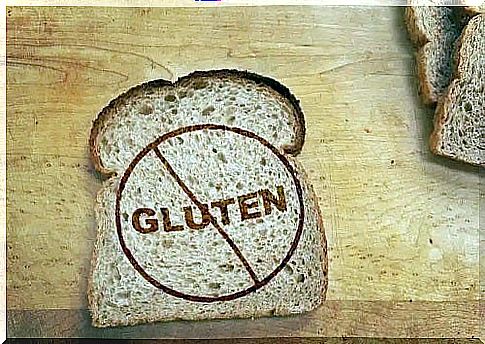
Our children are growing up and need a lot of energy. The paleo diet eliminates a lot of foods that can be a good source of energy: for example, simple sugars from fruits and carbohydrates from grains and legumes.
Omission of legumes is not necessarily beneficial, as mentioned by the FAO. They are a good source of soluble and insoluble fiber, antioxidants, phytochemicals and resistant starch, elements used to enhance the growth of bacteria in the intestines.
Excluding dairy products eliminates one of the best sources of calcium in children’s diets, which is essential for strengthening bones and teeth. For this reason, specialists place special emphasis on monitoring the consumption of fish, green leafy vegetables, nuts and eggs.
Because the subject is debatable, if the baby does not tolerate milk, he can take a calcium supplement. The morning or afternoon sun will allow the body to process calcium through the synthesis of vitamin D.
Another consequence of skipping dairy products is affecting intestinal health. Fermented dairy products contain beneficial bacteria. The paleo diet offers fermented vegetable products such as sauerkraut and fruit drinks.
Regarding the consumption of red meat, the Chilean Journal of Public Health associates it with the development of certain diseases, so it recommends the inclusion of white meats in the diet of children.
Is the paleo diet recommended for children?
Specialists consider the paleo diet a safe and nutritious diet for people of any age. Children, as well as adults, need to customize their eating plans according to their individual requirements.
Children can follow a paleo diet as long as they are consulted by a pediatrician and a nutritionist, so that they do not lack any nutrients in their diet.
Undoubtedly, lean protein, fruits, vegetables, nuts, seeds and unsaturated fats are a great option for children and the whole family.


